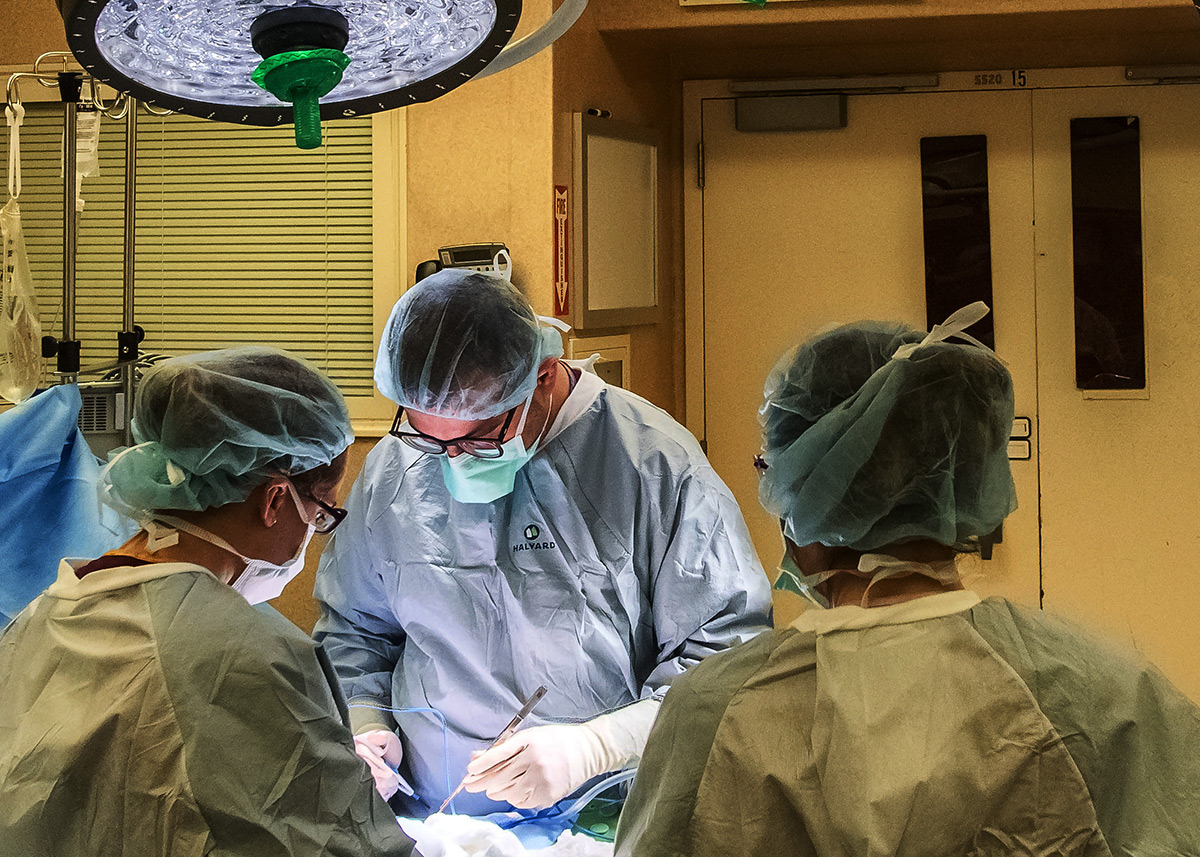Radioactive seed localization guides surgeons to exact location of small tumors.

Surgeons and radiologists with Holden Comprehensive Cancer Center are now using a less-invasive tool called radioactive seed localization to localize breast cancers and other abnormalities that may be too small to feel.
Using a thin needle and with the assistance of a mammogram or ultrasound, surgeons and breast radiologists can place a tiny radioactive seed next to the mass that needs to be removed, says Lillian Erdahl, MD, a surgical oncologist with Holden Comprehensive Cancer Center.
“Using this procedure we’re able to improve access for our patients, and decrease wait time for breast surgery,” she says.
Surgeons and radiologists at UI Health Care have traditionally used wire localization—the insertion of a thin wire to serve as a guide to the abnormality or mass. The wire is designed to be held firmly in place until the surgery, which took place the same day. The wire would remain in the breast until surgery, with part of it sticking out of the breast.
Because the wire was inserted just prior to surgery, Erdahl says, surgeons and radiologists were limited in how many they could place in a day.
That’s not the case with the seed, she says. The seeds can be placed up to five days before the surgery, leaving more time after each implantation for additional seed placements. An added benefit, Erdahl says, is that the seed doesn’t cause the discomfort that the wire often does.
